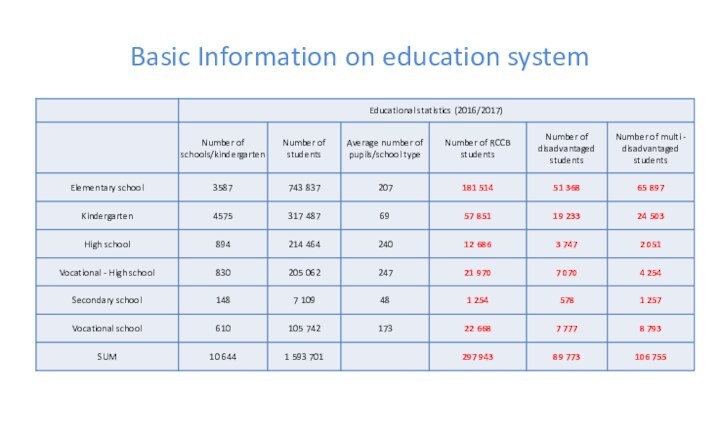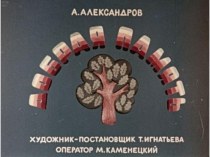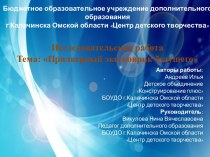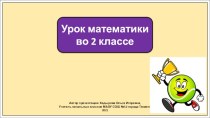Strategies up to 2020
„They should also widen access to
quality early childhood education and care and reduce the number of early school leavers from secondary education pursuant to the Europe 2020 strategy. Roma youngsters should be strongly encouraged to participate also in secondary and tertiary education.”National Social Inclusion Strategy















































